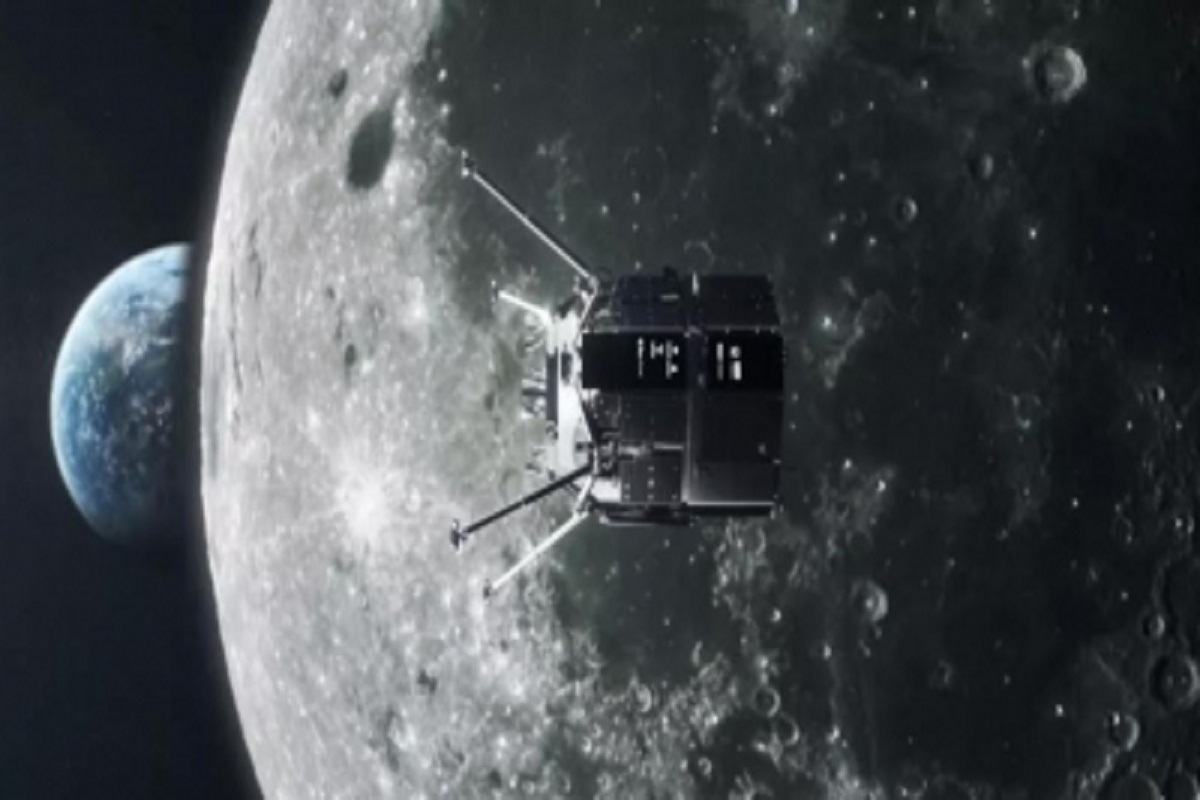Back Home
The recent return of astronauts Butch Wilmore and Sunita Williams from an unexpectedly prolonged mission aboard the International Space Station (ISS) marks yet another milestone in humanity’s evolving relationship with space.
Japanese lunar exploration company ispace has successfully launched a lander on lunar orbit.
IANS | New Delhi | March 22, 2023 4:41 pm

[Photo: IANS]
Japanese lunar exploration company ispace has successfully launched a lander on lunar orbit.
The Mission 1 Lander performed its first lunar orbit insertion manoeuvre in accordance with the mission operation plan, at 10:24 JST (6:54a-am IST) on Tuesday, at the HAKUTO-R Mission Control Center in Nihonbashi, Tokyo.
Advertisement
“HAKUTO-R Mission 1 Lunar Lander is now safely orbiting the Moon following a lunar orbit insertion manoeuvre,” the company said in a statement.
Advertisement
The lander aims to touch down on the Moon late next month.
After a controlled burn from the lander’s main propulsion system lasting several minutes, the manoeuvre was successfully completed.
“The achievement demonstrates ispace’s ability to successfully deliver spacecraft and payloads into a stable lunar orbit,” the statement said.
The company noted that it is in negotiations with several global companies for future lunar missions.
Future ispace missions will involve deployment of satellites into lunar orbit, it added.
So far no privately operated spacecraft has ever landed softly on the moon, besides those operated by NASA, Russia and China. If Hakuto-R is able to achieve the feat,A it will deploy a tiny rover named Rashid for the United Arab Emirates’ space agency, Space.com reported.
Further, the company noted that Mission 1 will be followed in relatively quick succession by two other robotic flights to the surface of the Moon.
Mission 2 and Mission 3 are targeted to launch in 2024 and 2025, respectively, and also will contribute to NASA’s Artemis Programme.
Mission 3’s lander will carry payloads to the surface and also deploy two communications satellites in lunar orbit, ispace said.
Another privately operated spacecraft orbiting the moon is CAPSTONE, a tiny cubesat operated for NASA by Colorado-based company Advanced Space. CAPSTONE arrived in a near-rectilinear halo orbit (NRHO) around the Moon in November, last year.
Its mission objectives include demonstrate spacecraft-to-spacecraft navigation services that allow future spacecraft to determine their location relative to the Moon without relying exclusively on tracking from Earth; lay a foundation for commercial support of future lunar operations; and gain experience with small dedicated launches of CubeSats beyond low-Earth orbit, to the Moon, and beyond.
Advertisement
Dr Jitendra Singh highlighted the historic landing of Chandrayaan-3 on the Moon's South Pole, a feat that astonished the world and established India as a leader in space exploration.
In a bold move signalling a paradigm shift in its approach to space exploration, India has opened its doors wider to the global space industry.
Advertisement
